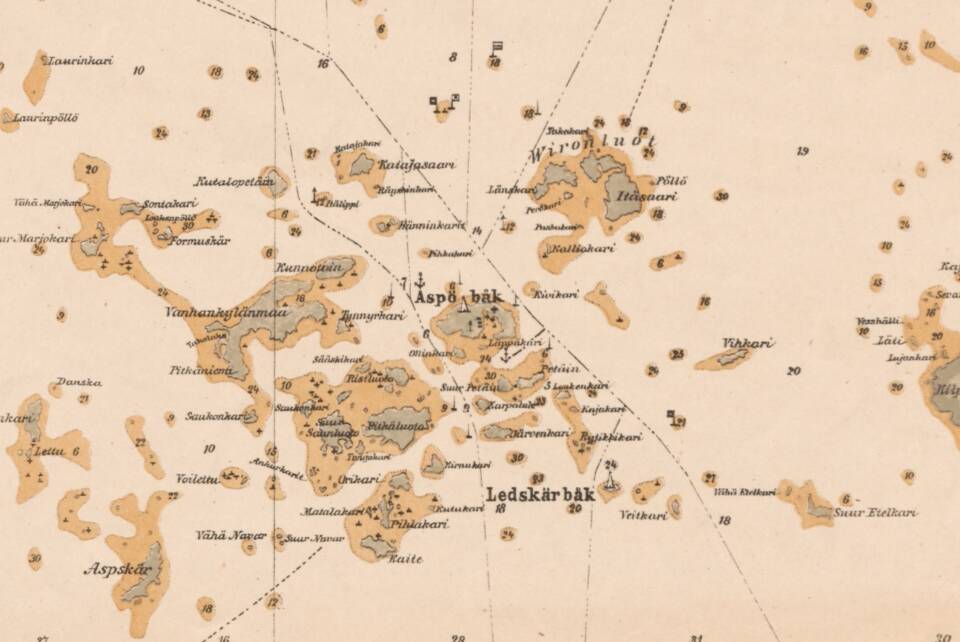
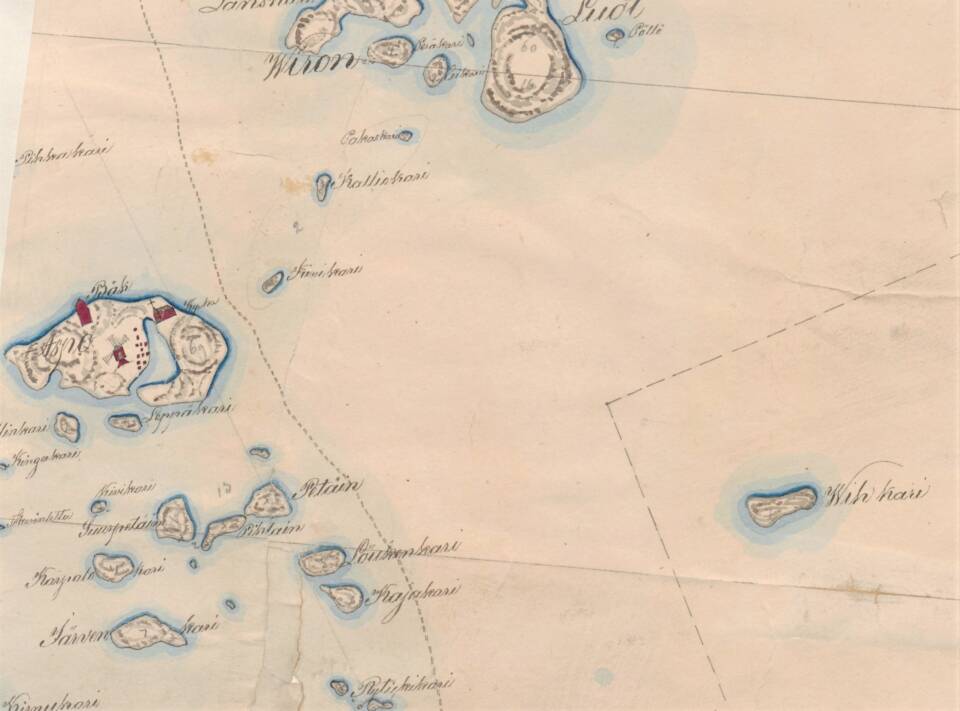
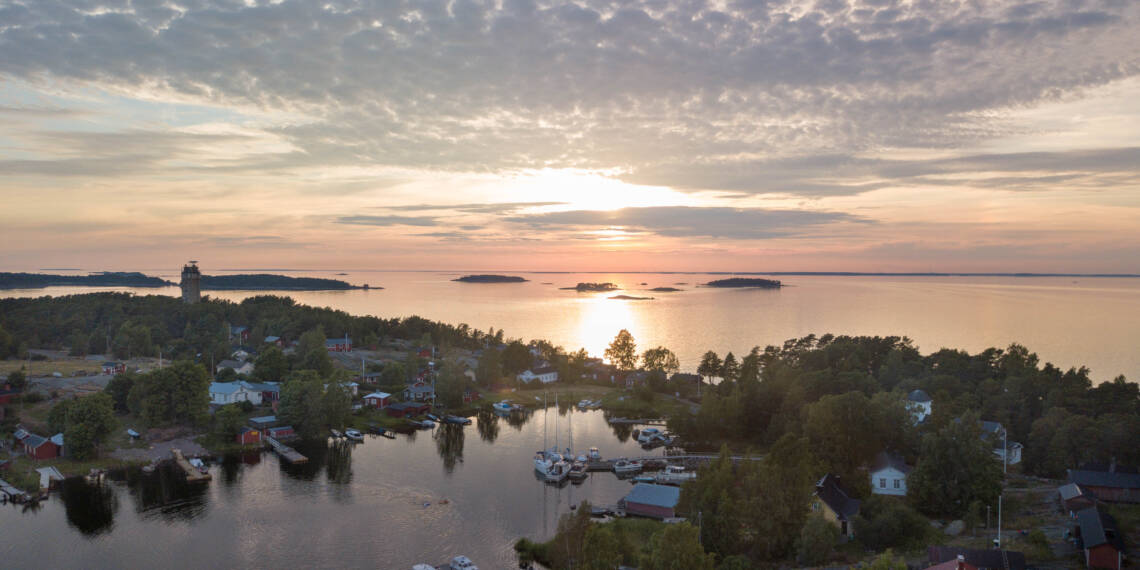
Located in the outer archipelago of Kotka, the village of Haapasaari has been an important staging point in merchant shipping, military operations, and maritime security since the 14th century. It is located along major waterways leading to Novgorod or Vehkalahti (now Hamina).
However, the various reefs surrounding the island have also been feared by seafarers, and the area has been known as the “Devil’s Reefs”. For this reason, pilots have permanently inhabited the island since the 16th century.


In addition to fishing, seal hunting and merchant shipping, pilotage was one of the main livelihoods for the people of Haapsaari. The role of the pilots was to guide ships through difficult passages. The chief pilot or alderman (Finnish: oltermanni), acted as leader for others.

There was a large number of pilots, as all foreign ships sailing to Hamina or St. Petersburg passed through Haapasaari Island. To further aid navigation, pilots also built nautical signs and fixed beacons in the 18th century. In 1862, a grey granite fixed-beacon lighthouse was built which stood sentry like its predecessors and still dominates the landscape to this day.
The beacon has been renovated over the years and now serves as a watchtower for the Finnish Navy and Coast Guard. It is still a central part of the island’s cultural environment and an important element of the historical landscape.
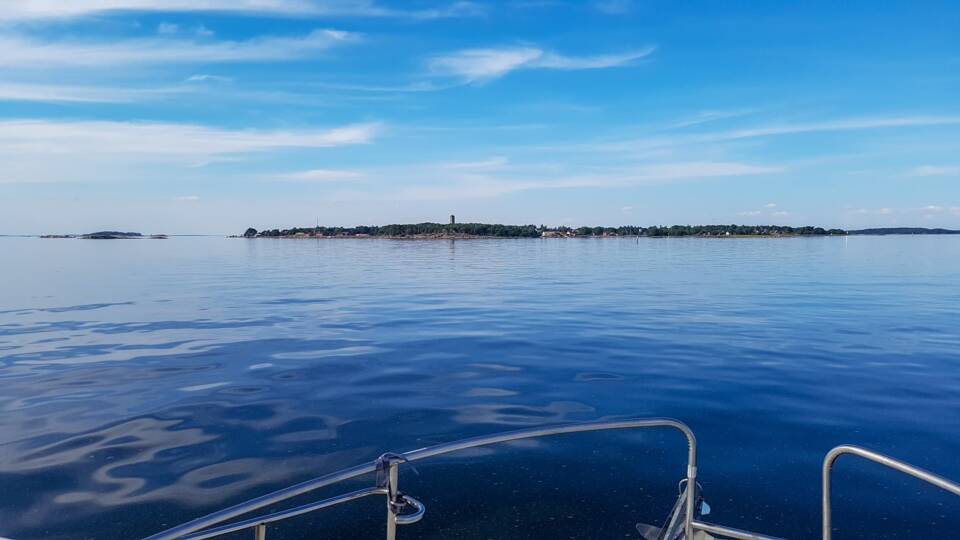
Long-term and traditional pilot activities on the island were discontinued in the 1960s. Piloting and seafaring traditions passed from down through generations was lost. Gradually, permanent inhabitants moved away and now the island is home to only a few people throughout the year. On weekends and especially in summer, the island is filled with residents and holidaymakers.
The island’s general historical look has been well preserved, and the old atmosphere and maritime livelihoods are still perceptible. The oldest houses date back to the 18th century. They form a dense and maze-like village community when combined with newer buildings. The stone-walled yards are small and patchy, while the beaches are lined with atmospheric boat sheds, piers, and beach fences.
Haapasaari is a wonderful destination for a day trip, featuring a small shop, a kiosk, and a museum presenting the island’s history. For those interested in archaeology, three possible sacrificial stones can also be found. In addition, there are many wrecks in the rocky waters around the island. More information on wrecks can be found from the cultural environment service window(siirryt toiseen palveluun) of the Finnish Heritage Agency.
Read more in the webpage of the Haapasaari Society(siirryt toiseen palveluun) (in finnish).

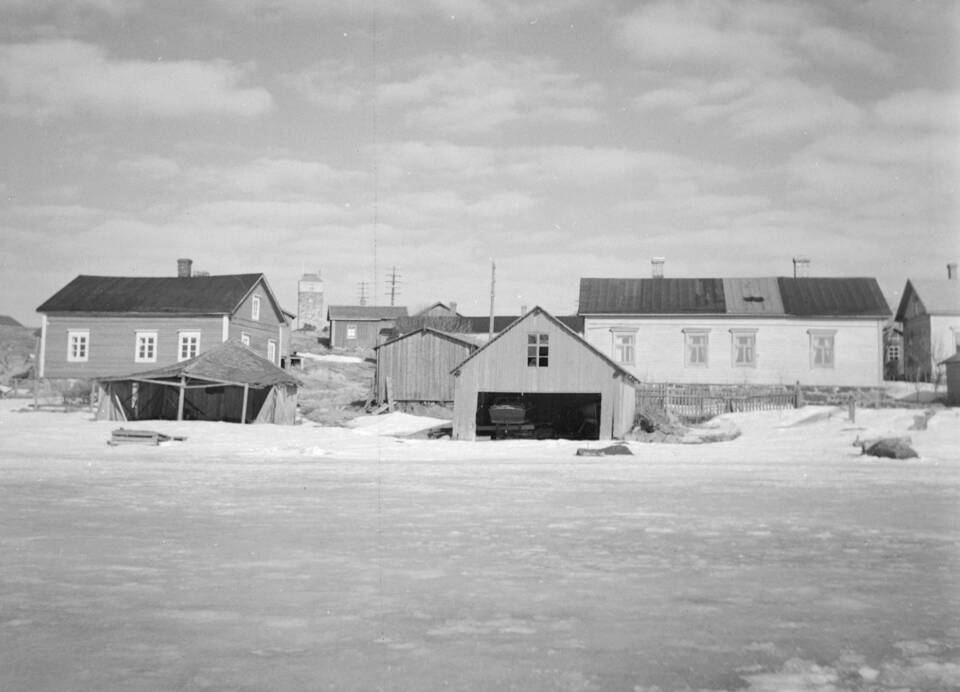
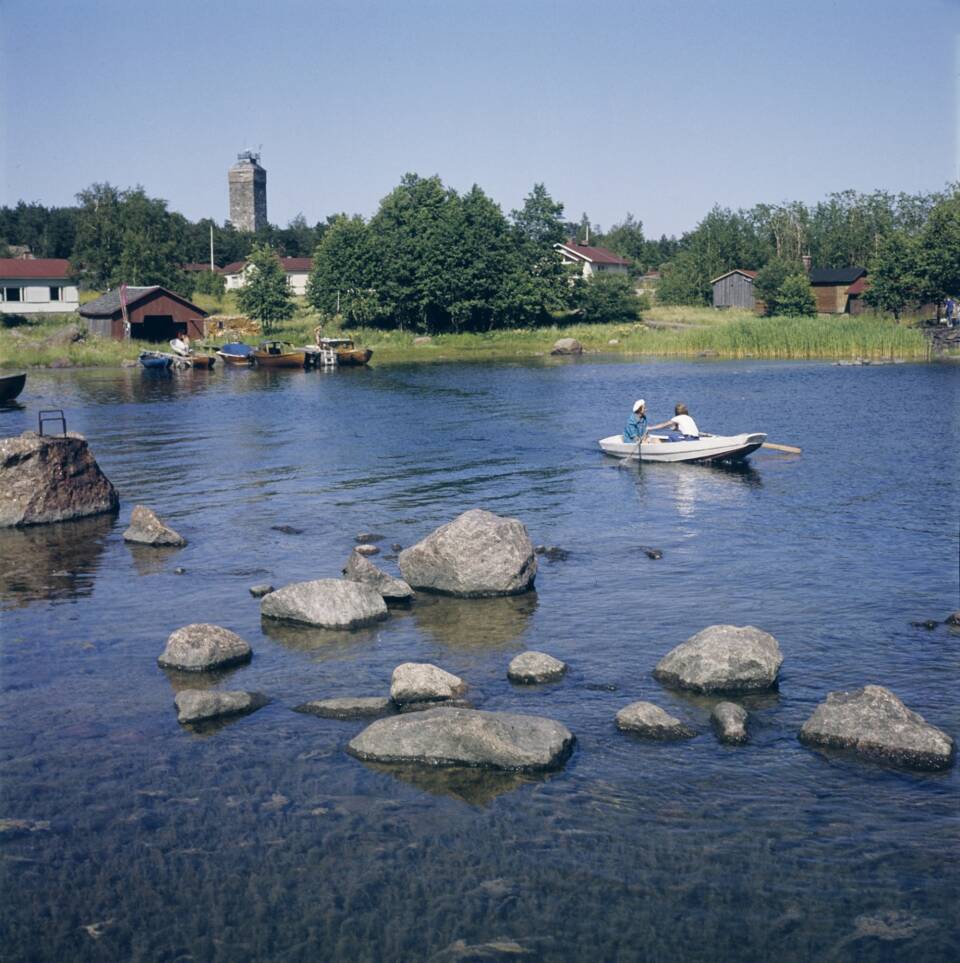
In October 1808, a small ship was sailing from the east towards Karlskrona. On approaching the rocky areas known as the Devil’s Reef (Perkeleenkari) near Haapasaari Island, the travellers began to become nervous. They had heard suspicious rumours of archipelago bandits. The area was also full of sinister reefs and the fairway was difficult to pass without knowledge of the area.
In the vicinity of Haapasaari, the ship’s captain tried to call the island’s pilots with signal flags and cannon shots, but to no avail. The crew had to row the island with a smaller boat and retrieve the pilot. The ship was safely brought into the harbour and the travellers stayed in Haapasaari village to wait for the bad weather to clear.
Some of the travellers were accommodated in a local hut, where they were well received. As the villager set the table with fine silver spoons and a candlestick, suspicions arose in the traveller’s minds. Fine dishes did not belong on the table of a poor archipelago resident. Where could these objects have come from? Perhaps from the cargo of a shipwrecked boat?
These suspicions gained momentum as four ships appeared on the horizon during the autumn storm. As they were in extreme distress, these ships made every effort to get the pilot, as the travellers had done some days earlier. The travellers witnessed how the Haapsaari pilots did not seem to be even aware of the ships or how they made up excuses for not going to the ships’ aid.
No-one from the village went to help the distressed ships, even though almost all of the men on the island were pilots. The islanders even seemed to rejoice when a shipwreck seemed inevitable. However, as if by a miracle the ships cleared the area, after which the pilots rushed to help in the hope of receiving even a small fee.
Wrecking and wreck looting were ancient traditions in Finnish waters, as well as elsewhere in the Baltic Sea. Such activity has its origins in an old unwritten or common law known as riparian rights, according to which, the beach owner or holder was allowed to keep everything that drifted to the beach. However, although wrecking was banned by the Catholic Church as early as 1110, it was difficult to eradicate this stubborn habit. It was widespread and very difficult to control, particularly among people living in isolated archipelago conditions.
Original source: Yrjö Kaukiainen, Rantarosvojen saaristo, 2005. (Eng. The Wreckers’ Archipelago, 2005).
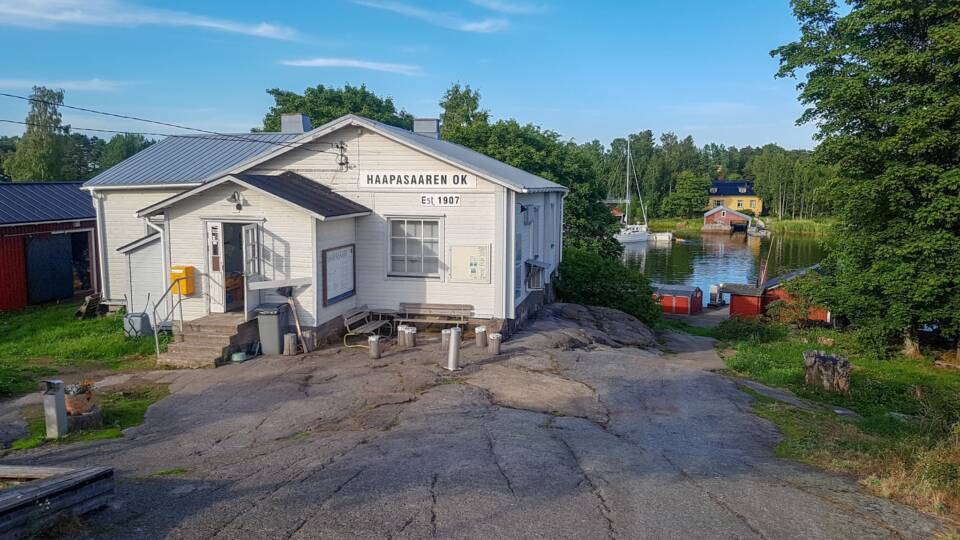
Haapasaari is a well-preserved example of the constructed environment created by piloting and fishing activities in the eastern Gulf of Finland. Therefore, it has been defined in its entirety as a nationally constructed cultural environment. Read more about the protection!(siirryt toiseen palveluun)
The island’s old wooden church is a listed building protected under separate church law. Wooden church in the building heritage register.(siirryt toiseen palveluun)
The island is also a nationally valuable landscape area and belongs to the eastern Gulf of Finland National Park.
Haapasaari is easily accessible by year-round ferry from Kotka. The journey takes about two and a half hours.
Ferry schedules.(siirryt toiseen palveluun)
P: 6683527, I: 510683(siirryt toiseen palveluun) (ETRS-TM35FIN)